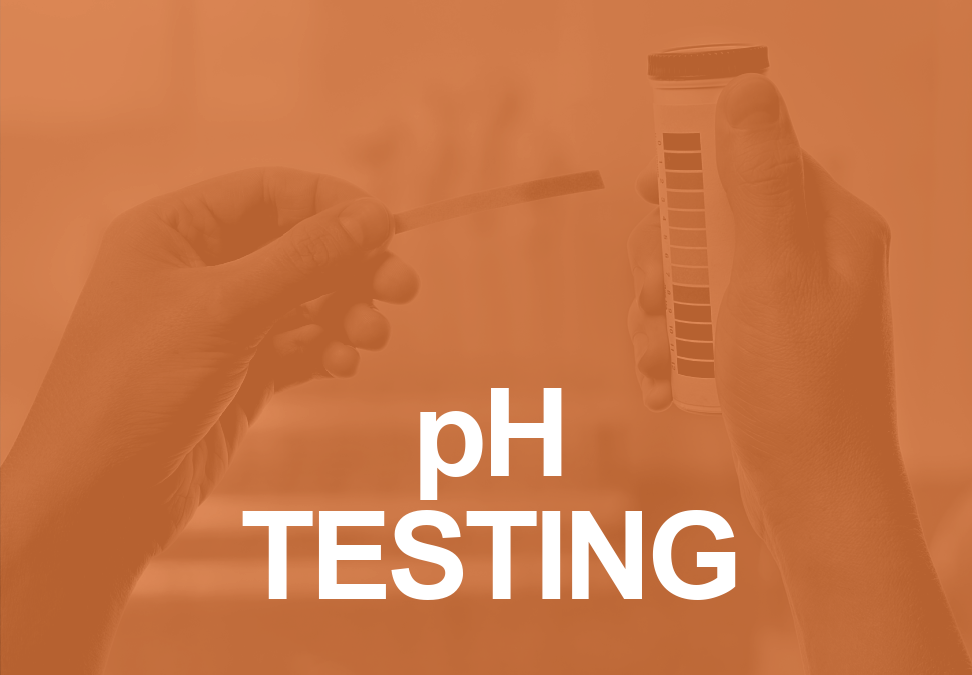We recently discussed body pH levels, how they may influence health, and how lifestyle choices and dietary influences might affect those pH levels. Commonly accepted pH levels for saliva are 6.4-7.4 and, for urine, 6.8-8.0. How can someone find out what their pH levels are? In addition to pH levels, the characteristics of urine and its color can be an indication of certain health markers. Let’s explore.
pH Testing at Home
Testing your pH levels at home is quite easy today. Get a good supply of pH strips from your pharmacy or online* and regularly confirm the acid/alkaline readings of your body.
As a reminder, here are some of the symptoms of too high a pH (alkalosis) or too low a pH (acidosis):
- Breathing problems, light-headedness, confusion, numb or tingling face, numb or tingling scalp, numb or tingling hands and/or feet, fever, hand tremor, muscle twitching, nausea, vomiting, liver disease, poor concentration, brain fog, liver failure, prolonged muscle spasms, unconsciousness, coma, death.
Acidosis Symptoms
- Palpitations, chest pain lung issues, headache, confusion, anxiety, lethargy, poor vision, abdominal pain, nausea, digestive disorders, muscle weakness, joint pain, joint swelling, gout, bone pain, bone fractures, seizures, unconsciousness, shock, coma, death.
- Test your urine pH balance upon waking in the morning and two hours after meals.
- Wait two hours after meals to test saliva pH. Saliva pH can also be checked upon rising in the morning. Swish your mouth with saliva and spit it out, then swish your mouth with saliva one more time and test.
[sc name=”nutrition” ][/sc]
State-of-Health-Urine Color
The color of urine is more an indication of what’s been eating than anything else
The following comes from the book: pH Madness by Roger Bezanis. [Note Dr. Benzanis wrote his book to debunk the ‘alkaline water’ claims]
- Colorless Urine: Indicates over-hydration causing a washout of minerals that are paramount for survival. Properly assimilated water is 8 oz in 20 minutes. (add electrolytes to intake)
- Dark Yellow Urine: This is indicative of dehydration. One should drink half their body weight in ounces of water during the day, remembering not to consume more than 8 oz of water in 20 min. Hydration is dependent upon activity level, climate, altitude, and the like. But, as a baseline it is suggested drinking half your body weight in ounces of water.
- Fluorescent Bright Yellow Urine: This is indicative of excreting B-Complex vitamins. This color is usually harmless understanding it is causative from the B-Complex taken that day.
- Yellowing/Light Orange Urine: This results when the liver dumps B-vitamins into the urine. However, it can also be indicative of drugs or health condition attacking the liver/kidneys simultaneously. Drugs that cause this are rifampin (a tuberculostatic drug). Another drug that can cause this discoloration is pyridium which is used in urinary infection and pain.
- Dark Brown or Bloody Urine: This color is indicative of kidney stones, kidney infection, bladder infection, and/or a slight tear in the lining of the urethra. An overloaded liver and gallbladder can cause jaundice; and, the gallbladder dumping at a high rate bile which shows up in the urine. Of course, jaundice is evidenced more by the yellowing of the sclera in the eyes and yellowing of the skin. Additionally muscle injury can cause dark brown urine. If muscle break down is the root problem, then the condition is known as rhabdomyolysis. If rhabdomyolysis is unchecked, then it will cause kidney failure.
- Black or Very Dark Colored Urine: This is a sign of skin cancer and loss of skin pigment called melanin. The discoloration can also be caused by coal tar derivatives found in cosmetics, including antiseptic creams. Nail technicians are exposed to these chemicals on a daily basis. Dry cleaners are also exposed to these chemicals. The components of coal tar are: benzene, toluene, xylene, phenol. cresol, naphthaline, anthracite and pitch. These chemicals may cause tumors to form.
- Reddish/Pink Colored Urine: This discoloration can be caused by liver/neurological/skin disorder known as porphyria neuralgia. Symptoms include abdominal pain, vomiting, muscle weakness, seizures, muscle/skin numbness, emotional ups and downs, heart arrhythmias, and racing heart.
Summary
Eating certain foods common in the standard American diet (SAD) may disrupt the pH balance of the body. Foods that will heal the body and improve the pH level of the body are raw fruits and raw vegetables which are acidic but form alkaline ash. These foods are a pH of 6.9 or less. Healthy alkaline urine is pH of 6.8 to 8.0. If the urine is acidic, then use the proper foods [raw fruits and raw vegetables] to shift the pH into normal range. Buy test strips to find out where your body falls on the pH scale by testing both urine and saliva at the proper times. Observing the color of urine can also reveal important information about the body’s state of health and nutrition.
*affiliate link
Dr. Brancato’s cumulative experience in nutrition, alternative medicine, chemistry, toxicology, physiology directed him to holistic approaches in human physiology to correct system imbalances. He maintains his professional certifications as a Naturopath from the American Naturopathic Medical Certification and Accreditation Board; the National Federation of Professional Trainers; Black belts in Kick Boxing and Kenpo.


